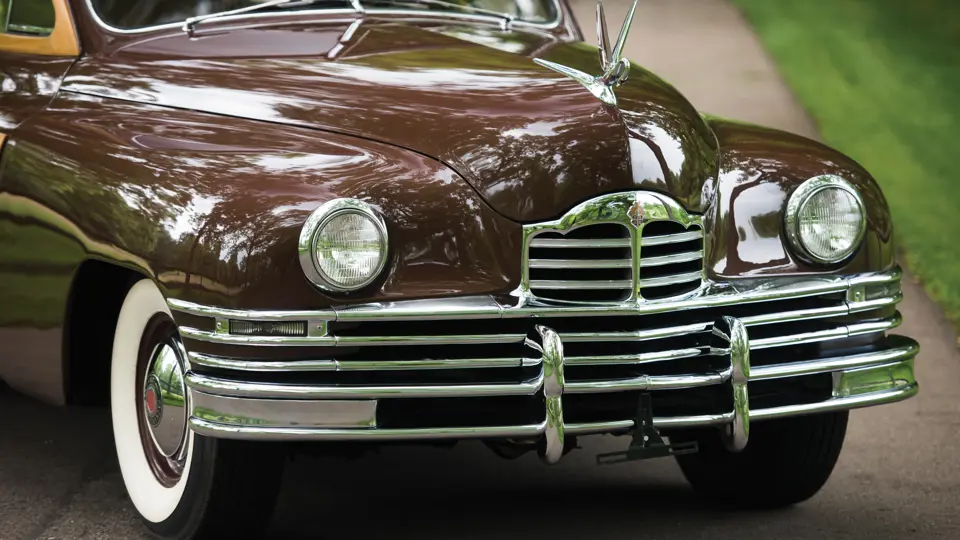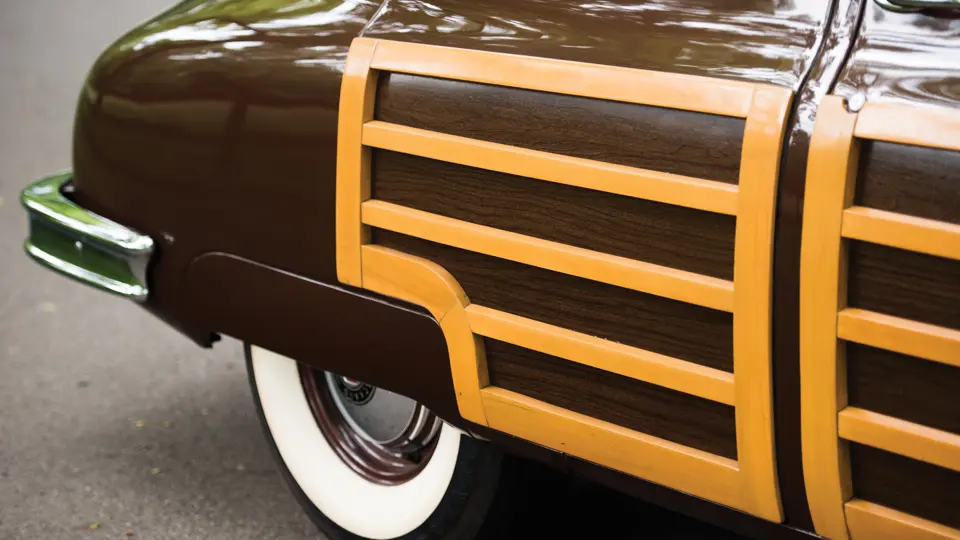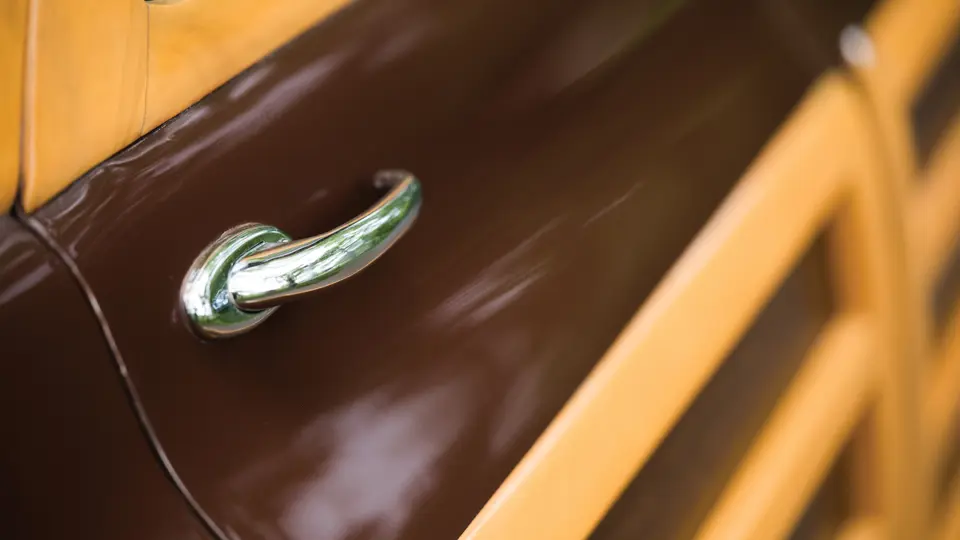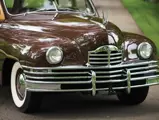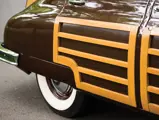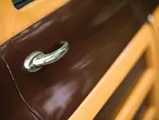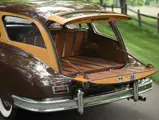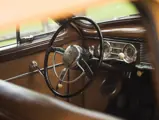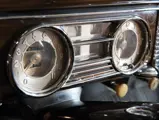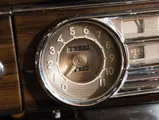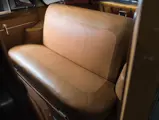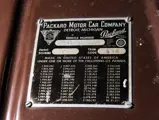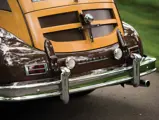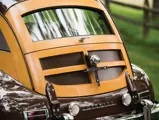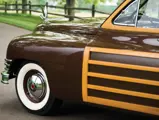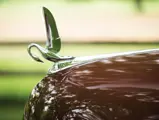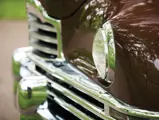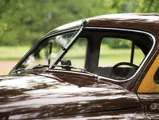130 bhp, 288 cu. in. L-head inline eight-cylinder engine, three-speed manual transmission, independent coil-spring front suspension, rear semi-elliptical leaf-spring suspension, and four-wheel drum brakes. Wheelbase: 120 in.
It is amazing how quickly a tradition can catch on. Packard offered its first factory station wagons in 1940, and they were rather magnificent hand-crafted creations, made on the six-cylinder 110 and eight-cylinder 120 chassis. While production would last only two years, Packard’s wagons made an impact among buyers who had long favored the company’s limousines, and now they had a suitable companion for the country house. After World War II, Packard took advantage of that brand loyalty by offering a new wood-trimmed model, which would cross the borders between town and country.
Dubbed the station sedan, the new model was essentially a Standard Eight Sedan, but it featured beautifully hewn white ash paneling over an all-steel body and a unique semi-fastback roofline with rear quarter panels. While it appeared like the “Woodies” of old, wood only played a structural role in the tailgate, which pioneered the two-piece gate that would become a feature of almost all 1950s wagons. The model was lush, evocative of a bygone era, and one of Packard’s most elegant offerings.
Unfortunately, the buying public that Packard executive and styling guru Edward Macauley saw for the model just was not there. The vast majority of station sedans were produced in 1948, with leftovers being renumbered to sell in 1949 and, finally, in 1950. As the wooden body required proper care that many examples did not receive, the majority of the few built have not survived, and as a result, the last of the wood-trimmed Packards have become a great rarity.
The Station Sedan offered here appears as a very original car, featuring what may well be much of its original wood, which has been patinated by age and presents like a well-loved piece of antique furniture. The wood lies over smooth, straight body panels that are finished in brown, with the interior being well-trimmed, glossy, and attractive, showing only signs of being used and enjoyed, and it is equipped with an AM radio. While in its present ownership, it has had new brakes fitted and the carburetor has been rebuilt.
Overall, this presents as a well-enjoyed driving car that is ready for more continued touring or perhaps relaxed use at one’s country house, just as Packard intended.




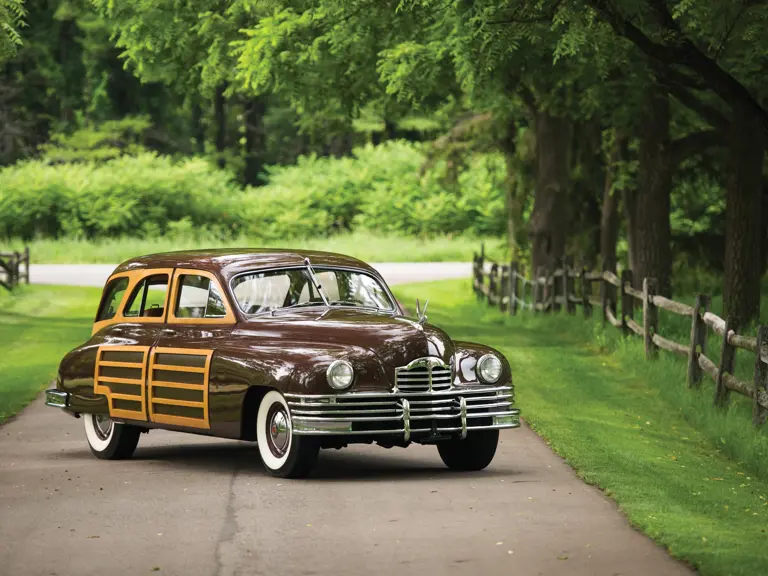

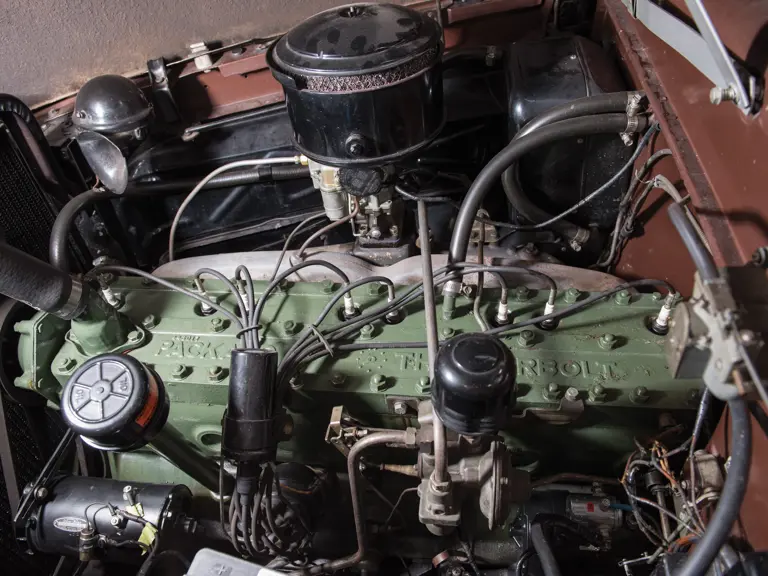
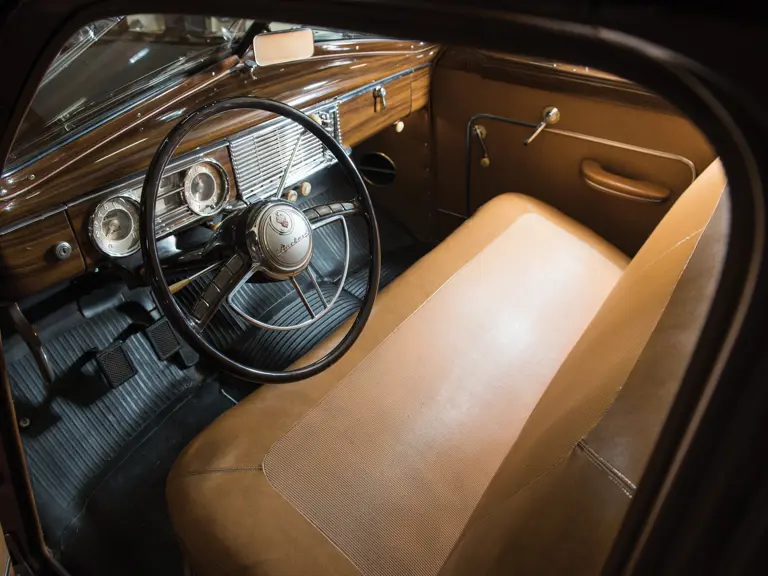
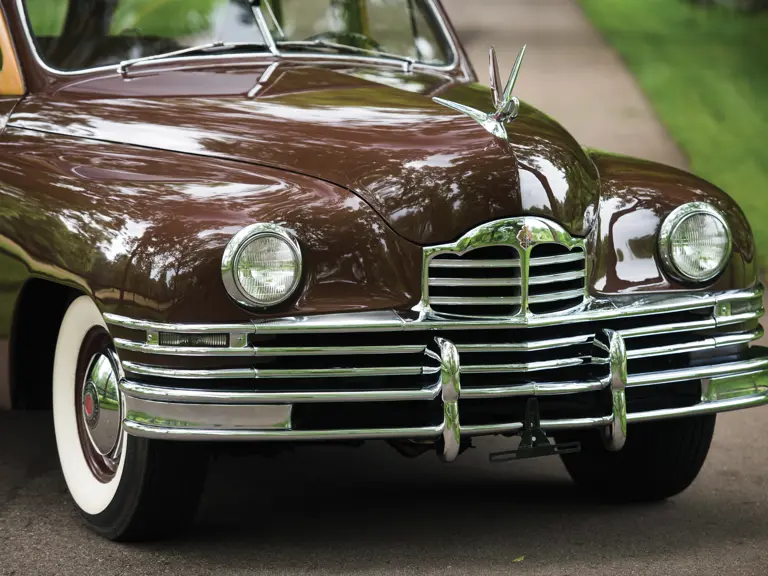
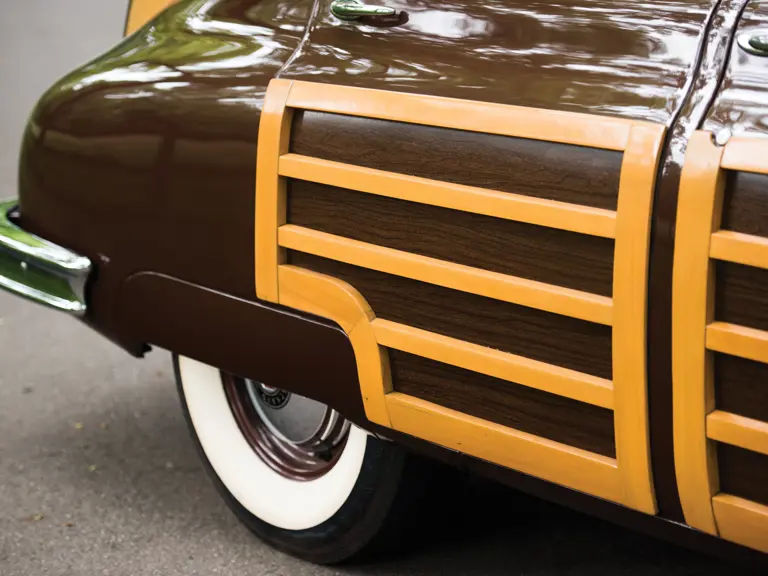
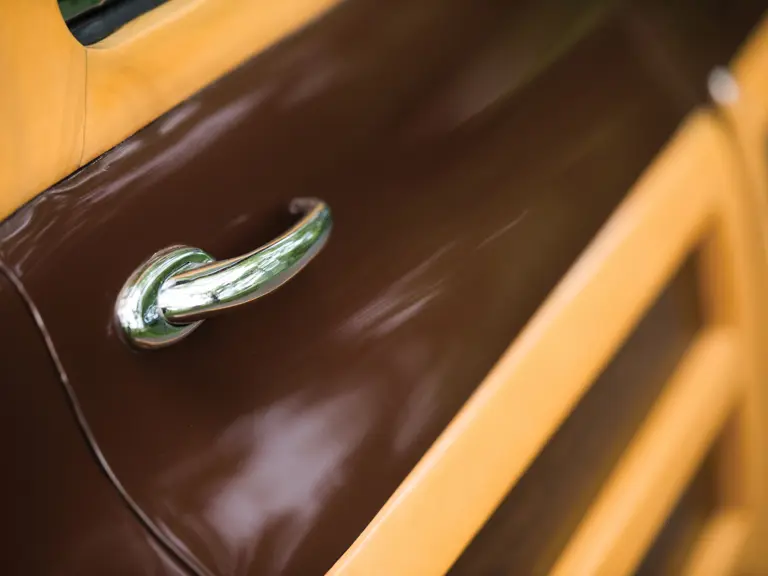
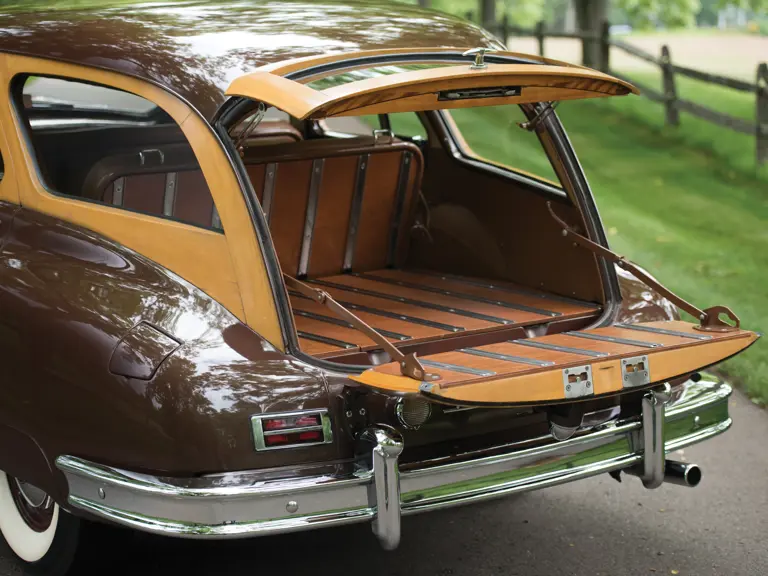
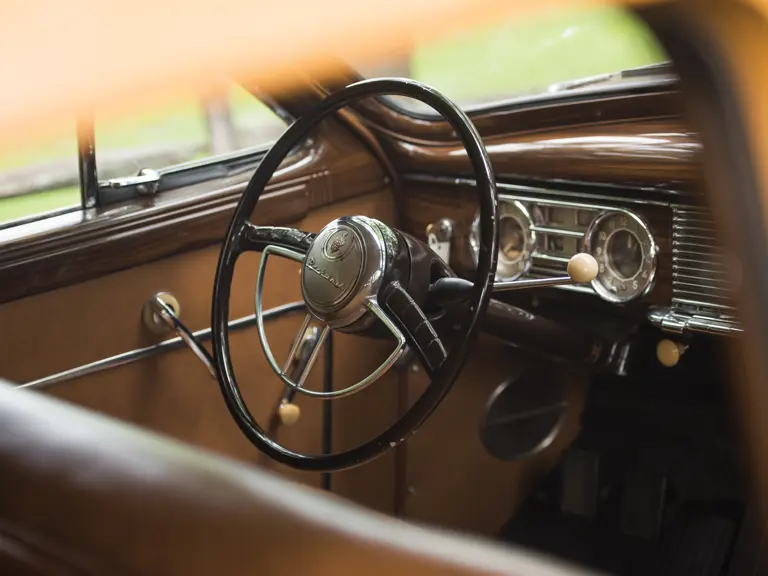
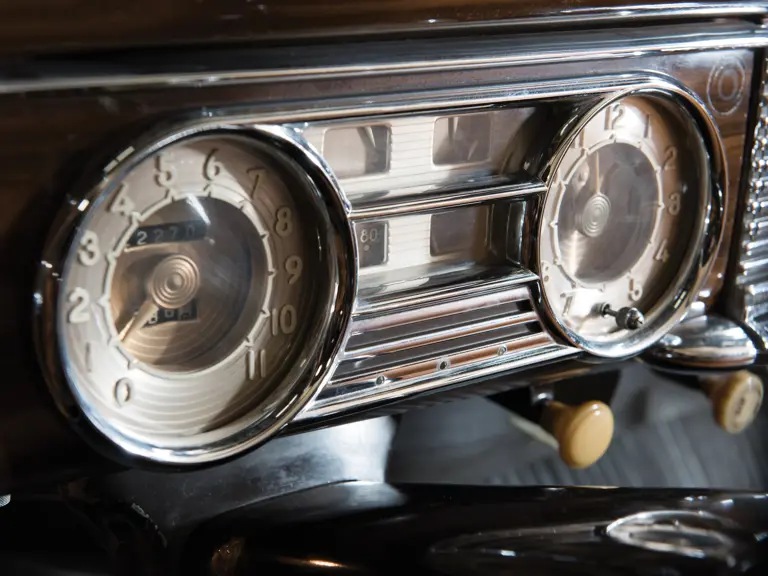
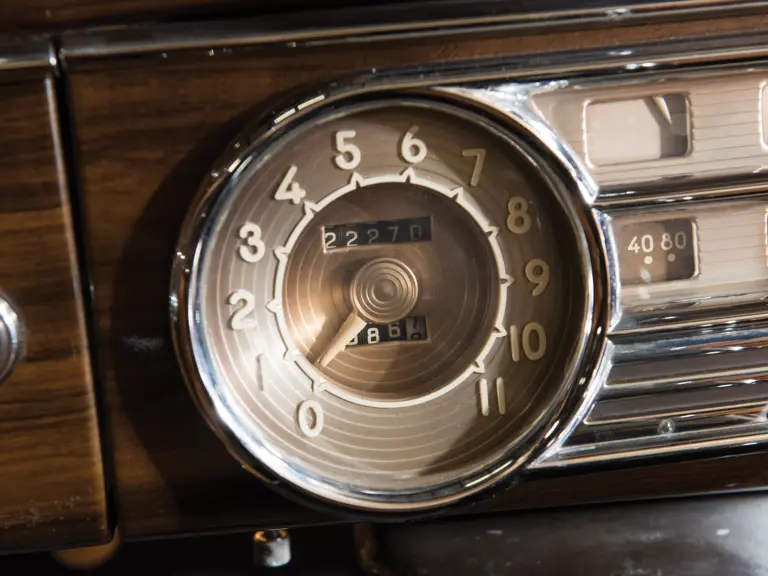
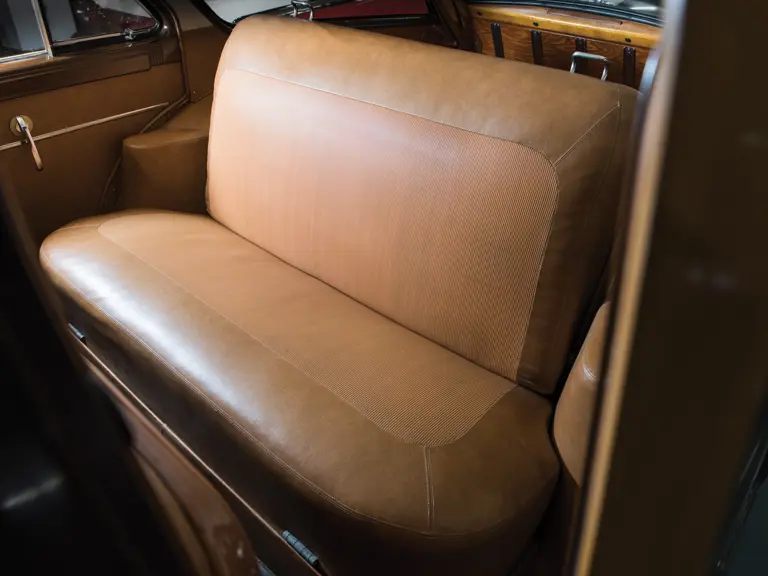
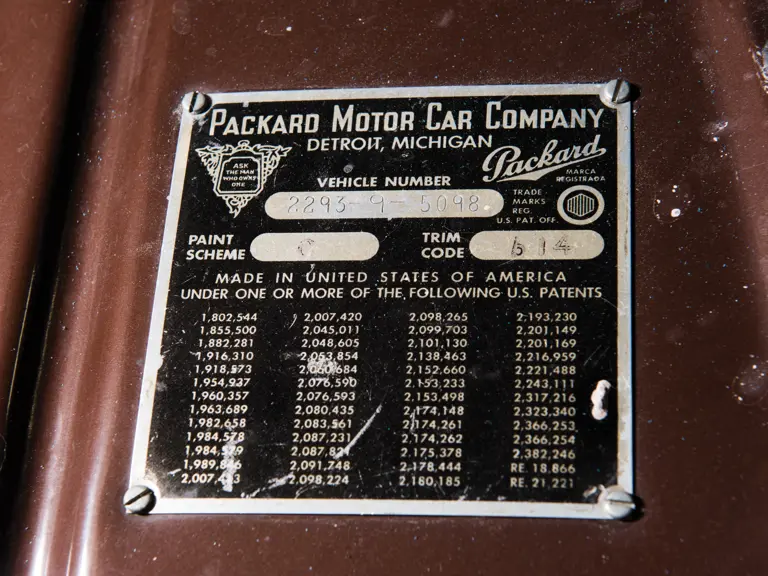



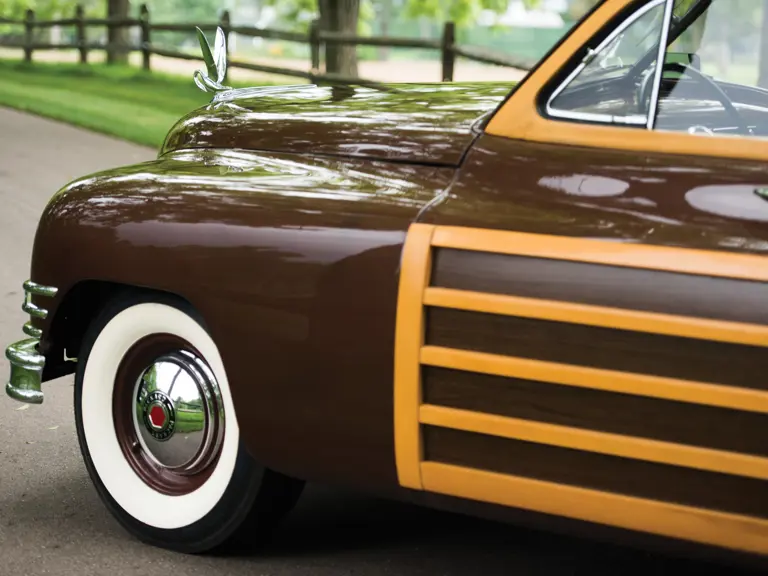

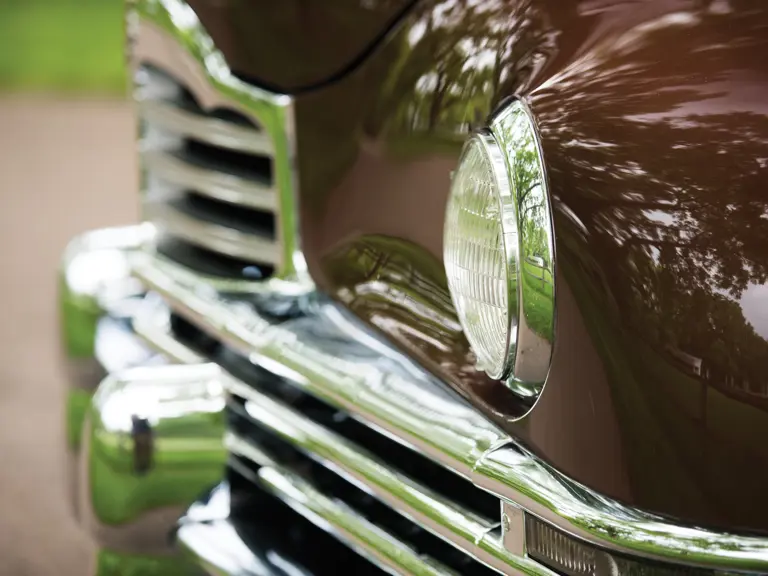

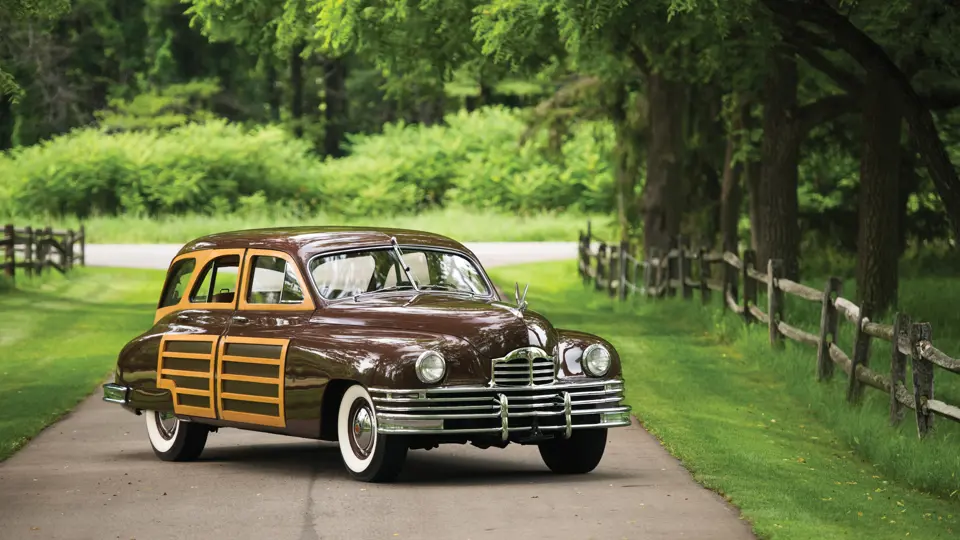
 | Hershey, Pennsylvania
| Hershey, Pennsylvania
